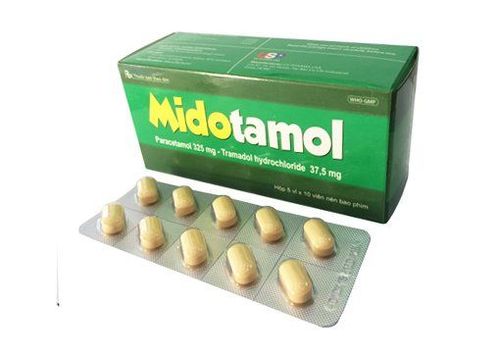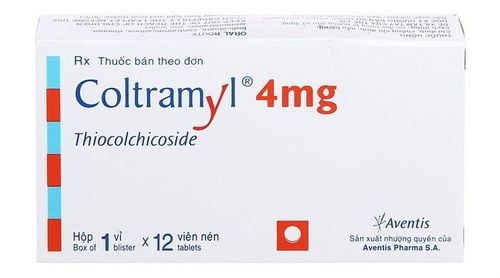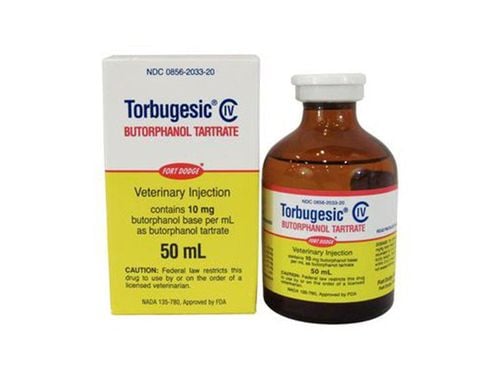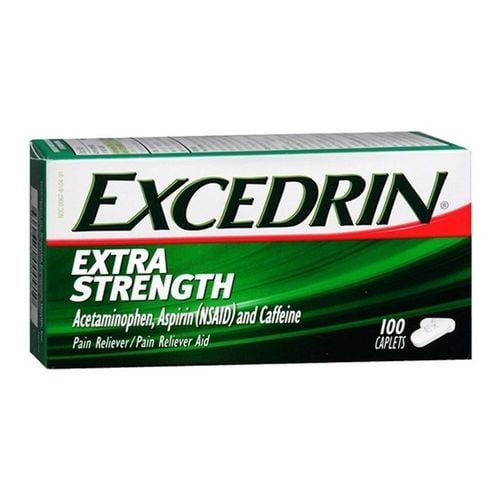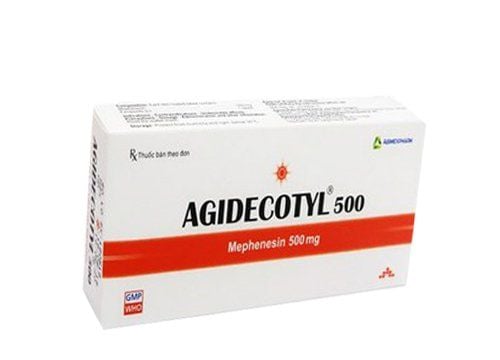This is an automatically translated article.
Have you ever felt sore after starting a new activity or trying harder than usual during a workout? Muscle soreness that occurs 1 or 2 days after exercise can affect anyone, regardless of your fitness level. But not given. This type of muscle stiffness or pain is normal, doesn't last long, and is actually a sign that you're improving your fitness. Learn how to better control sore muscles after a workout.
1. What is DOMS?
Slow-onset myalgia (DOMS), also known as 'muscle fever', is an aching, aching sensation in the muscles after unfamiliar and unfamiliar high-intensity exercise. DOMS is thought to be caused by temporary muscle damage and inflammation that is most commonly caused by eccentric exercises. The soreness begins a day after the activity but usually peaks within 48 hours.
2. Who can DOMS affect?
Anyone can develop DOMS, even those who have been exercising for years, including elite athletes. It can be alarming for people new to exercise and can affect their initial enthusiasm for getting in shape.
The good news is that soreness will subside as your muscles get used to the new physical demands placed on them. The process of development and adaptation of stronger and larger muscles, pain sensation occurs, pain helps muscles recover and build better.
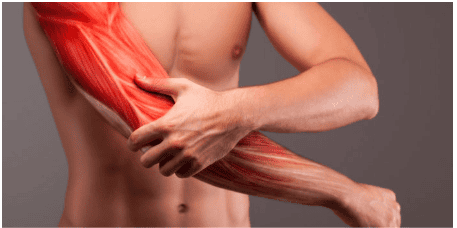
Đau cơ sau tập thể thao có thể xảy ra với tất cả mọi người
3. Is pain after exercise good?
Those changes start during exercise. Muscle contractions cause microscopic tears along the muscle and nearby connective tissues. These small tears do not directly cause pain. Rather, pain is a side effect of muscle adjustment. Pain is a side effect of treatment.
Once muscle is damaged, inflammation occurs and electrolytes, such as calcium, begin to accumulate. The immune system also engages immune cells called T cells to invade the damaged sites. Scientists are still unsure how these processes work together to cause pain and soreness, but it's likely that they work together to trigger both healing and pain relief.
Lactic acid is produced during exercise as muscles continue to break down glucose after all available oxygen has been used, which does not remain in the body long enough to cause soreness. Approximately 45 minutes after exercise, the subjects' lactic acid levels did not increase.
4. What to do before exercise
Stretching before and after exercise and staying hydrated can help you avoid muscle tension. But the absolute best way to avoid reaching that stage of unacceptable pain is to start low and go slow. That means you start with very low intensity and duration and slowly increase your time and effort to build endurance.
If your day job and daily activities don't involve flipping tires and grabbing big ropes, that's probably not how you should start with an exercise program. Instead, give yourself plenty of time to achieve your physical goals.
A low-start and slow-paced approach to cardio and weight training, and everything in between. And make sure you always use proper technique for any exercise. Sports-related recurrent pain is often due to incorrect form or technique. If you can detect these errors early, you can retrain yourself to avoid injury recurrence or chronic recurrence.
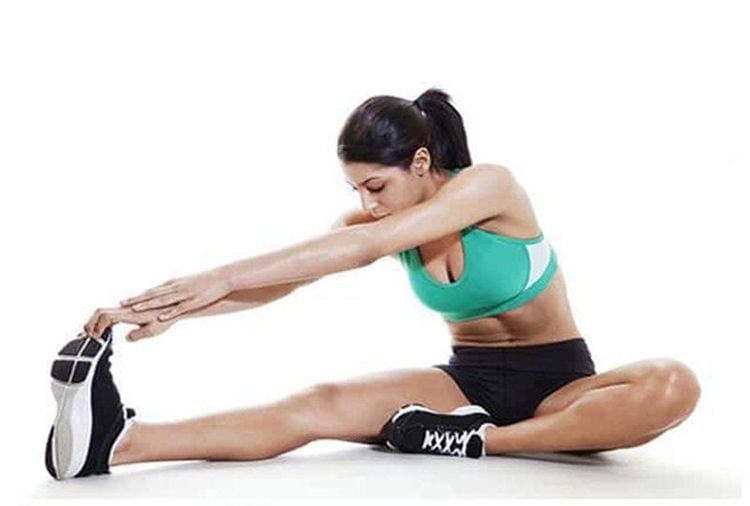
Khởi động kỹ giúp giảm nguy cơ bị căng cơ sau khi tập thể dục
5. How to prevent DOMS?
One of the best ways to prevent DOMS is to start any new active program gently and gradually. Giving your muscles time to adapt to the new movements will help minimize soreness.
There is not much evidence that reheating is effective in preventing DOMS. But exercising with warmed muscles will reduce your risk of injury and improve your performance.
Although stretching has many benefits, there is currently no evidence that stretching before or after exercise helps reduce or prevent DOMS.
6. Can I continue to exercise with DOMS?
You can exercise with DOMS, although you may feel uncomfortable at the start. The soreness should go away once your muscles have warmed up. The soreness will most likely return after exercise once your muscles have cooled down.
If you find it difficult to exercise, you can rest until the pain is gone. Alternatively, you can focus on exercises that target the less affected muscles to allow the most affected muscle groups time to recover.
Please follow the website ( www.vinmec.com ) for more information on health care instructions, which we will update regularly.
Please dial HOTLINE for more information or register for an appointment HERE. Download MyVinmec app to make appointments faster and to manage your bookings easily.




